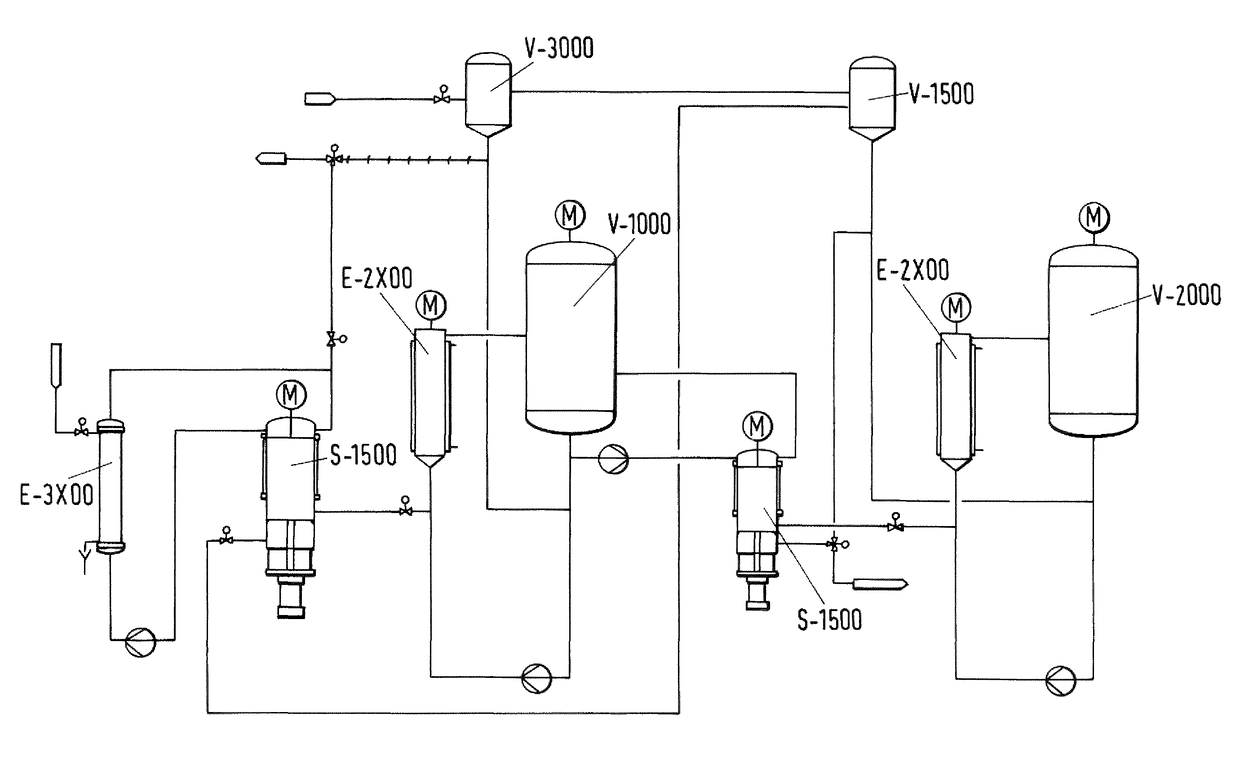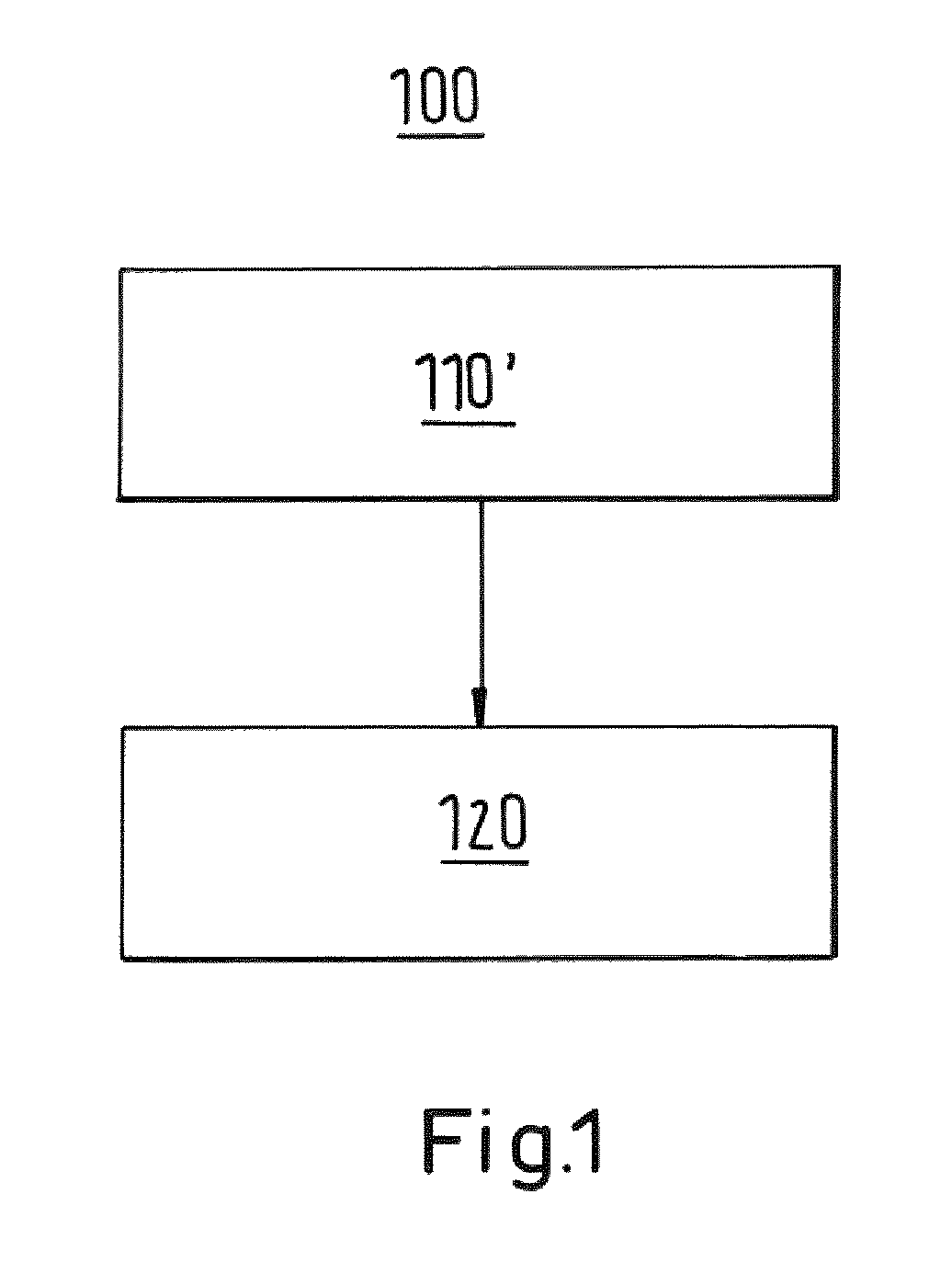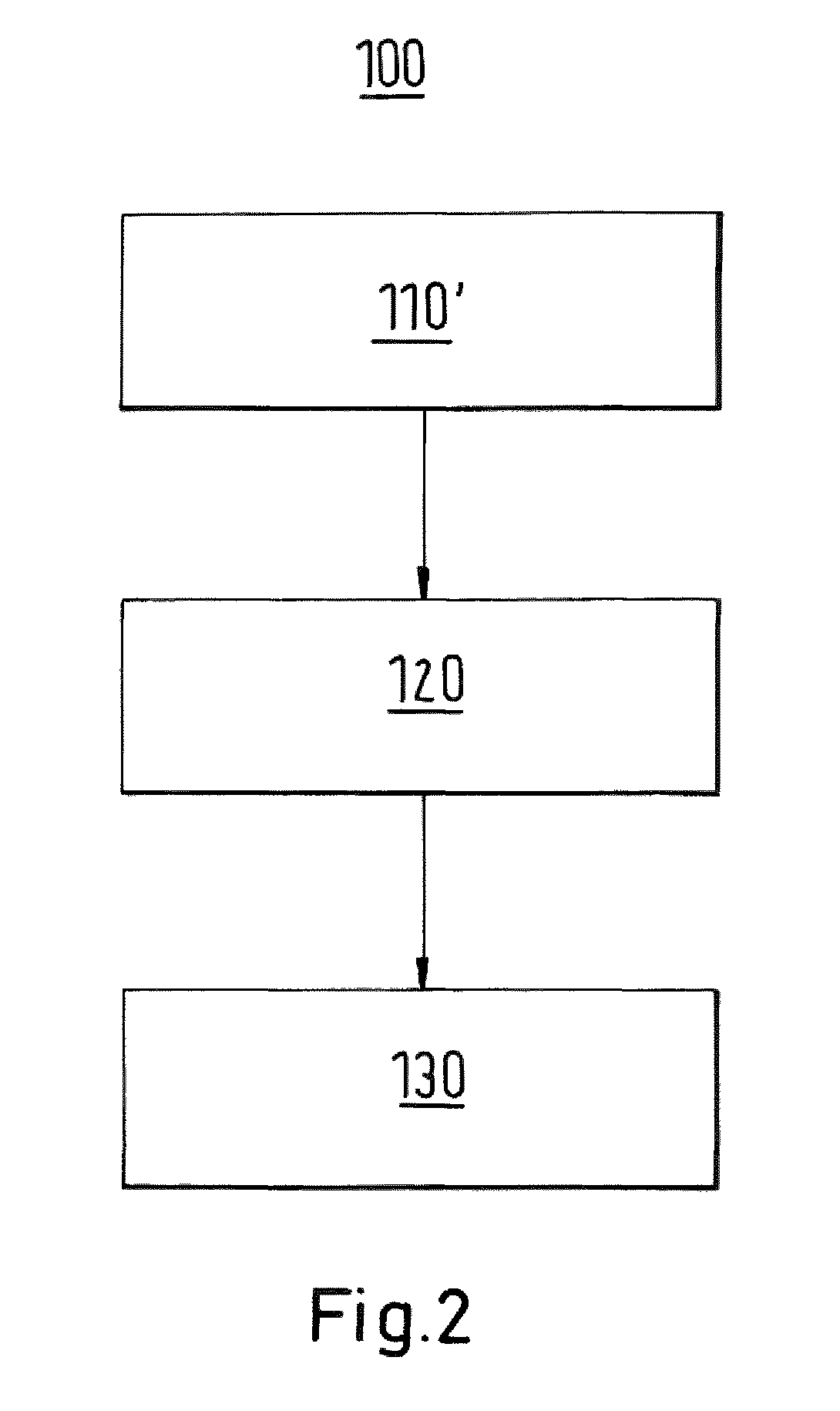Apparatus and process for desalination of water
a technology of desalination apparatus and water, which is applied in the direction of reverse osmosis, multi-stage water/sewage treatment, waste water treatment from quaries, etc., can solve the problems of low water recovery rate of ro systems, main energy consumption of ro technology, and disadvantages of ro technology, so as to reduce processing time, improve productivity, and increase productivity
- Summary
- Abstract
- Description
- Claims
- Application Information
AI Technical Summary
Benefits of technology
Problems solved by technology
Method used
Image
Examples
examples
[0079]The following examples are set forth to provide those of ordinary skill in the art with a detailed description of how the processes, apparatuses and uses claimed herein are evaluated, and they are not intended to limit the scope of what the inventors regard as their invention. Unless indicated otherwise, parts are by weight, and temperature is in degrees Celsius (° C.).
[0080]The pilot plant used in the examples had the configuration shown in FIG. 7 and described earlier. The temperature of the heat transfer medium (HTM) was between 15 and −19° C. The temperature of the feed (the first byproduct stream 6′) was 15° C., and the final operating temperature was −19° C.
[0081]The weights of all streams removed from the crystallizer were measured using a digital balance, and freezing point measurements were carried out where appropriate (at lower purities, where deviations from the pure product freezing point are significant enough to be detected). Samples were taken during the test r...
examples 1 to 3
[0087]In these examples, a saline solution feed stream (first byproduct stream 6′) having a salt concentration of from 3.5 to 6.1 weight % was treated in a second desalination step 120 by crystallization in a single stage of the suspension crystallization pilot plant and yielded the results shown in Tables 1 to 3. It is noted that Examples 2 and 3 are both based on computational modeling of the process in the plant. FIG. 9 summarizes the water recovery versus residue temperature obtained in Examples 1 to 3.
[0088]The examples demonstrate that the process and apparatus of the invention may be usefully used in treating the first byproduct stream 6′ (waste effluent streams) of RO membrane desalination plants having a variety of saline solution concentrations. Nonetheless the data in the tables and figure show that it will generally be preferred to have a salt concentration between about 3 and about 7 weight %. In order to have the most economical usage of the RO membrane plant, the salt...
example 4
[0090]In this example, a suspension crystallization was carried out as in Example 1, and the residue (second byproduct stream 9) was passed in a third desalination step 130 through a static crystallization unit 10. The pilot plant used in this example consisted of a standard static crystallization unit of a 70 liter crystallizer, equipped with the same type of crystallizer elements as used for industrial crystallizers. It therefore avoids any risk in the design for final capacity as no scale up needs to be done.
[0091]In this example, a sweating stage was incorporated, which results in a higher product purity and higher salt rejection; however, the water recovery and yield are somewhat reduced and larger equipment and a longer processing time is required. One skilled in the art will understand how to make trade-offs in these particular aspects in order to obtain an optimized result for a particular situation and requirements.
[0092]This example demonstrates that the second byproduct s...
PUM
| Property | Measurement | Unit |
|---|---|---|
| temperature | aaaaa | aaaaa |
| temperature | aaaaa | aaaaa |
| temperature | aaaaa | aaaaa |
Abstract
Description
Claims
Application Information
 Login to View More
Login to View More - R&D
- Intellectual Property
- Life Sciences
- Materials
- Tech Scout
- Unparalleled Data Quality
- Higher Quality Content
- 60% Fewer Hallucinations
Browse by: Latest US Patents, China's latest patents, Technical Efficacy Thesaurus, Application Domain, Technology Topic, Popular Technical Reports.
© 2025 PatSnap. All rights reserved.Legal|Privacy policy|Modern Slavery Act Transparency Statement|Sitemap|About US| Contact US: help@patsnap.com



